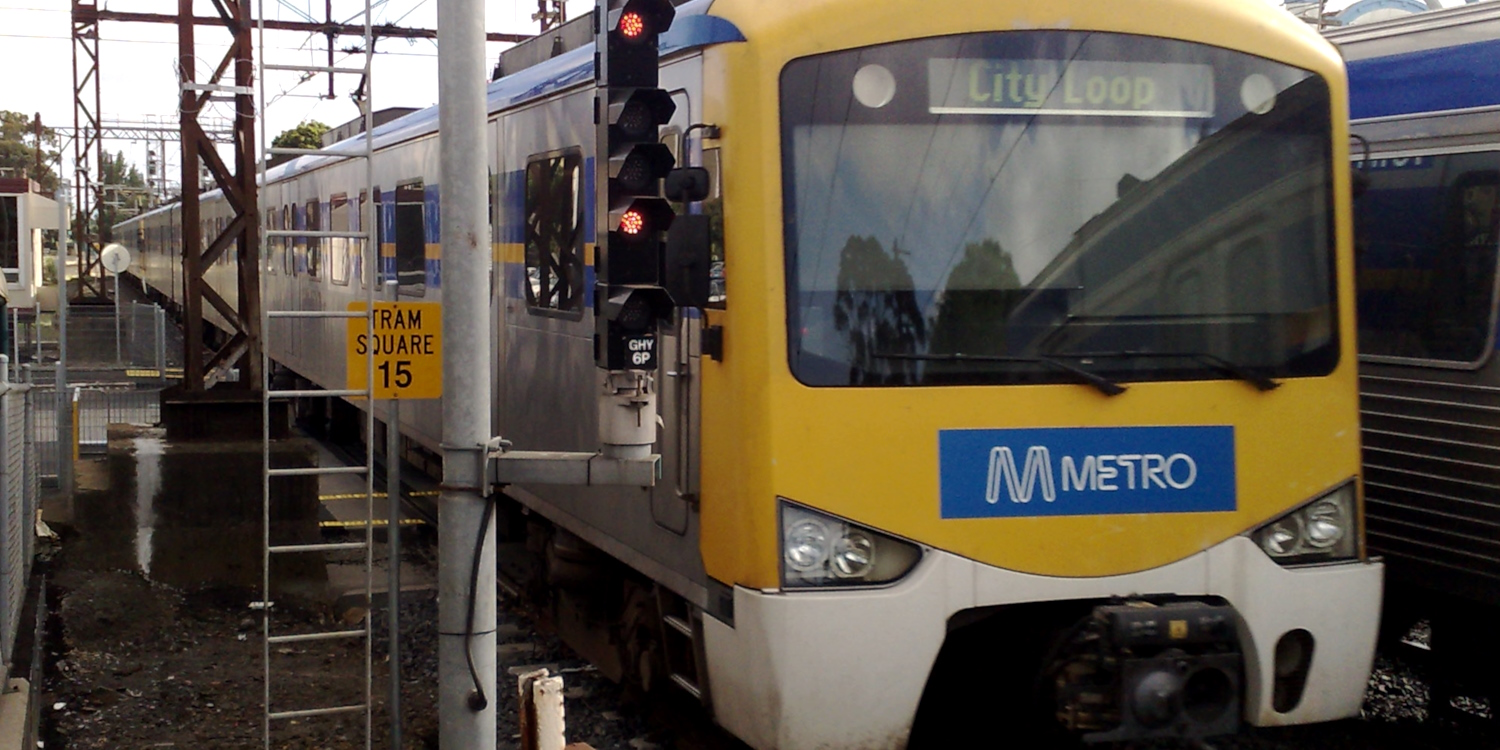A study into the developed world’s biggest cities has concluded that all but a handful have metro systems — but that handful without metros includes Melbourne and Sydney.
The study by the Public Transport Users Association (PTUA) showed that of biggest 30 cities in the developed world by population, all but seven have metros: the car-dominated United States cities of Dallas, Houston, Detroit, Miami and Phoenix, and Melbourne and Sydney.
“The definitions of ‘metro’ vary, but the common ground is that they provide high-capacity trains, with high-frequency services to most stations at least every ten minutes, all day [1][2][3]”, PTUA President Daniel Bowen said. “It’s not important for the trains to run underground — most ‘metro’ systems have more above ground than underground track[4] — what’s important is frequent services.
“Metros are important for ensuring cities function well, moving large numbers of people quickly. People who live in cities with metros know they can travel efficiently, without being caught in traffic, without checking a timetable, and without long waiting times at stations.
“Giving Melbourne a metro doesn’t require tunnels, underground stations, or a new type of train. Start hiring extra drivers today, and metro “turn up and go” frequent services 7-days-a-week could introduced across the rail network within 12 months.
Mr Bowen noted that studies had shown cities investing in high quality public transport (including metros) were able to make much bigger savings in reduced spending on roads[5], and said that the difference between Melbourne and Sydney’s rail systems and the metros seen overseas was the service frequency, particularly outside peak hours, and backed Metro CEO Andrew Lezala’s recent comments on what was needed to transform Melbourne’s train system into a metro[1].
“Both Melbourne and Sydney have sizeable suburban rail systems, but long waits between trains of 20-30 minutes or even more[6] mean these are not as efficient as the metros seen in most of the other big cities around the world”, Mr Bowen said.
The PTUA’s ‘Every 10 Minutes to Everywhere’ campaign has called for services every ten minutes to all areas of suburban Melbourne, seven days-a-week. Mr Bowen said that on the trains this was largely possible immediately by making better use of the fleet and infrastructure already available.
“Running trains every ten minutes is possible right now on most of the system[7] — we already do it in peak hour on most lines. What’s needed is for the government to invest in more services right across the day, seven-days-a-week, to cut waiting times, to get people out of their cars, and to get Melbourne moving.
“Melbourne’s train service might be called ‘Metro’ — now’s the time for the government to actually run it like a Metro”, concluded Mr Bowen.
* * *
[1] Andrew Lezala, CEO of Metro Trains Melbourne, remarked to the Select Committee on Train Services that “what we mean when we talk about a metro is that passengers will not really need to understand the timetable. They can turn up and they know that within X minutes they will get a train and that those trains will run reliably to time, generally stop at most stations and have a high capacity.”
[2] “What are metros? Metropolitan railways are urban, electric transport systems with high capacity and a high frequency of service.”
— International Association of Public Transport (UITP)
[3] “High frequency service (maximum interval approx. 10 minutes during normal daytime service)”
— Robert Schwandl, transport author Urban Rail.net
[4] Other “Metro” or “Subway” systems with sections above ground include the New York City Subway, Vienna U-Bahn, Berlin U-Bahn and the Paris Metro. About 55% of the “London Underground” is above ground.
[5] Victoria Policy Institute (Victoria, British Columbia, Canada): “Raise My Taxes, Please! — Evaluating Household Savings From High Quality Public Transit Service“, February 2010
This study compared spending in 7 US cities with high quality public transport (all of which have metros) to 47 US cities with only basic public transport. It concluded that those with high quality public transport spent US$268 per capita more on transit, but made savings of US$1040 per capita on road spending, as well as having safety, health, congestion, emissions and mobility benefits.
[6] During weekday off-peak periods, six of Melbourne’s fifteen lines have trains only every 20 minutes. Monday to Saturday evenings, almost all lines run every 30 minutes. On Sunday mornings and evenings, most lines run only every 30-40 minutes. At other weekend times, all lines run every 20 minutes. Source: Metro Trains Melbourne timetables
[7] Trains every ten minutes are possible on most of Melbourne’s suburban train network using current infrastructure. The major exceptions are single track sections on some outer-suburban lines. See It’s called Metro, let’s run it like a Metro (PTUA 2009)
- Developed world’s biggest 30 cities, and their metros — Excel spreadsheet (26 Kb)
- See a map of the developed world’s 30 biggest cities, and their metros
- Update: Revised metro list to exclude Miami’s Metrorail, which does not meet the definition of a metro
See also:
- The Age: Melbourne trains fail world ‘metro’ test
- Jarrett Walker’s Human Transit blog: Australia: pitfalls of metro-envy
- Channel 7 news (below)


